Is the Patient Black? Check this Box for Yes
Share
Explore Our Galleries
Breaking News!
Today's news and culture by Black and other reporters in the Black and mainstream media.
Ways to Support ABHM?
By Anissa Durham, Word in Black

This article is part of “On Borrowed Time” a series by Anissa Durham that examines the people, policies, and systems that hurt or help Black patients in need of an organ transplant. Read part one and two. This story is copublished with The Markup.
Every Monday, Wednesday, and Friday, Craig Merritt asked himself the same two-word question:
Why me?
Trapped in a dialysis chair for four hours at a time, he’d watch his blood be removed, cleaned, and recirculated back into his body. After three years of this routine he started to wonder: Will I ever get a kidney transplant? Or will I die waiting for one?
[…]
What Merritt didn’t know at the time was that the system was stacked against him. A medical calculation made it harder for Black patients like him to get on the kidney transplant waitlist.
How common are race-adjusted clinical algorithms?
The eGFR, or estimated glomerular filtration rate, is an equation that estimates the percentage of kidney function someone has — based on how well kidneys filter waste products from blood. For Black people, doctors would increase the value by a few points, simply based on race. This delayed the point at which doctors would say their kidneys had failed. Meaning, by the time Black folks got on the transplant list, many either died on dialysis or their body was too weak to survive a kidney transplant.
Currently, there are about 92,000 Americans on the kidney transplant list, and roughly 27,000 are Black Americans. For decades, this race-based calculation exaggerated Black patients’ kidney function, making it take longer for them to get on the transplant list.
The original article discusses other medical algorithms with race-based adjustments.
Erroneous beliefs about Black people were also used to justify slavery.


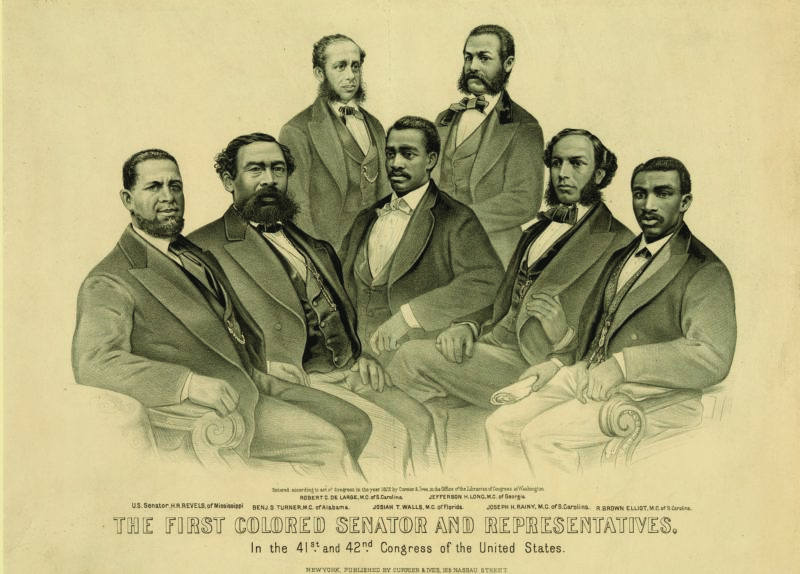
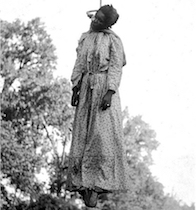
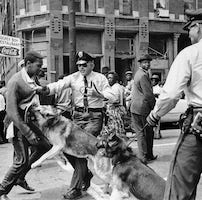

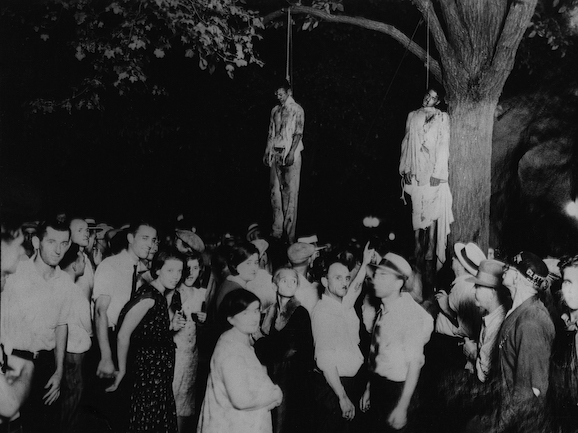
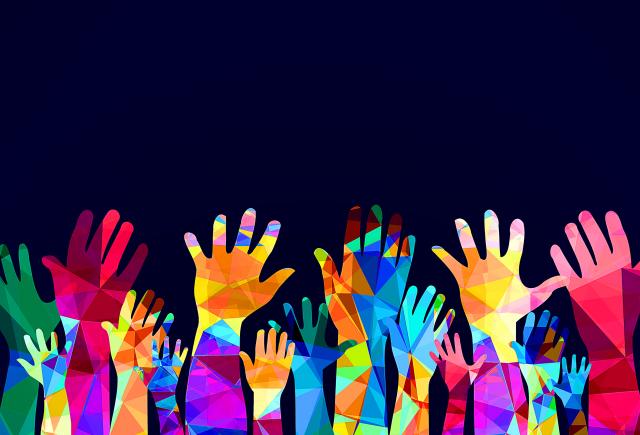
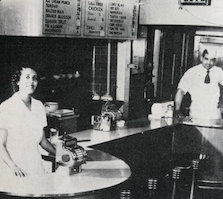
Comments Are Welcome
Note: We moderate submissions in order to create a space for meaningful dialogue, a space where museum visitors – adults and youth –– can exchange informed, thoughtful, and relevant comments that add value to our exhibits.
Racial slurs, personal attacks, obscenity, profanity, and SHOUTING do not meet the above standard. Such comments are posted in the exhibit Hateful Speech. Commercial promotions, impersonations, and incoherent comments likewise fail to meet our goals, so will not be posted. Submissions longer than 120 words will be shortened.
See our full Comments Policy here.